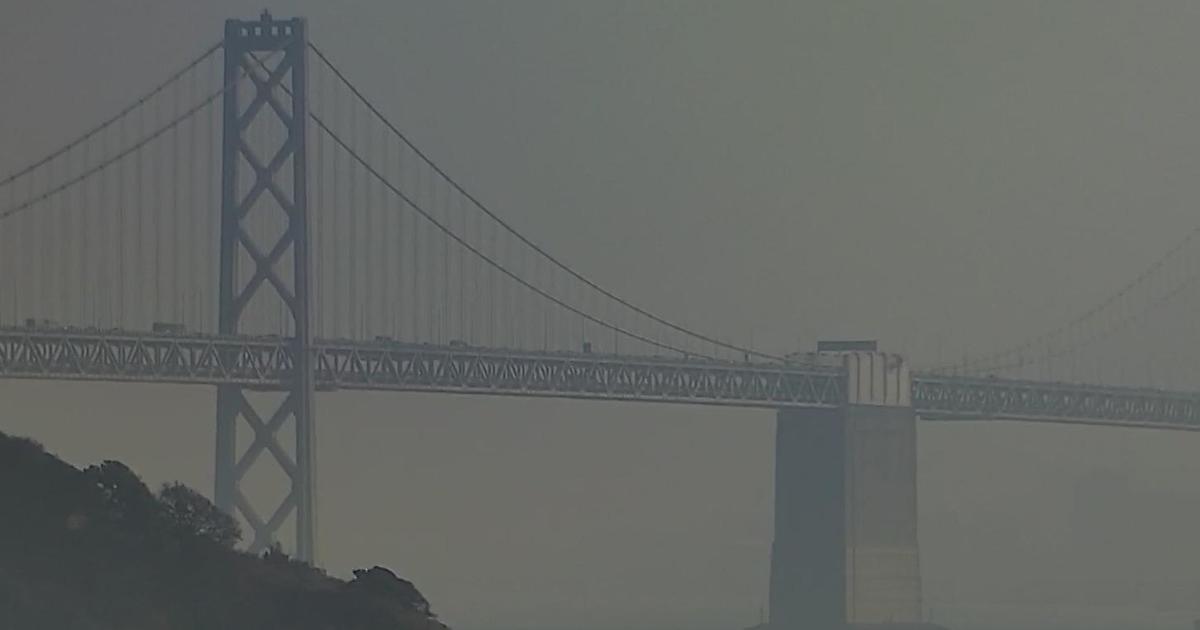Ship Strikes Blamed In 2 Gray Whale Deaths In Bay Area This Month, Suspected In 3rd
SAN FRANCISCO (CBS SF) -- A gray whale which washed up dead on a beach in Pacifica earlier this week was killed by blunt force trauma attributed to a ship strike, according to researchers - the second such confirmed incident in the Bay Area this month.
The Pacifica whale was the seventh gray to die in the Bay Area since March and the 30th found dead this year between California and Washington.
Scientists from the Marine Mammal Center say a ship strike is also suspected in a third case this month of a gray whale carcass washing up on a Bay Area shoreline. Researchers completed a necropsy Thursday on the whale that surfaced in Richmond on April 13th. The whale, which scientists said appeared to be in excellent condition, had deep propeller wounds that had severed its fluke, the center said.
A ship strike was blamed in the death of another gray whale which washed up on a San Mateo beach on April 10th.
ALSO READ: Scientists Issue Dire Warning On Ocean Health At SF Climate Summit
"We're incredibly concerned to discover the death of three gray whales due to ship strikes in two weeks," said Dr. Padraig Duignan, Chief Research Pathologist at The Marine Mammal Center in a statement. "Investigating each death is critical so that decision-makers can advise on shipping speeds in areas where whales are known to travel."
Malnutrition was blamed in the deaths of three gray whales which surfaced in San Francisco Bay and on a Rodeo beach in March and April. The cause of death of a seventh gray whale, found in Hercules on the same day the Richmond whale carcass was found, is still under investigation.
Ship strikes, malnutrition and entanglements are the most common causes of whale deaths, according to the Marine Mammal Center.
Because of climate change, gray whales are becoming increasingly vulnerable to things like changes in water temperatures and food availability. Furthermore, center scientists have noticed more whales frequenting the Bay and staying for longer periods of time.
"Many of the gray whales traveling though the relative safety of our outer coast waters of the sanctuary are detouring into the dire straits of San Francisco Bay in an act of desperation," Mary Jane Schramm, spokeswoman for the National Oceanic and Atmospheric Administration's Greater Farallones National Marine Sanctuary, said. "Anyone on boats and other watercraft should prevent additional stress by staying at least 300 feet away and give them every break you possibly can."
Gray whale pass by California in December and January during their southern migration and again in April and May on their northern journey between Baja California and Alaska, the longest migration of any whale, the center said.



